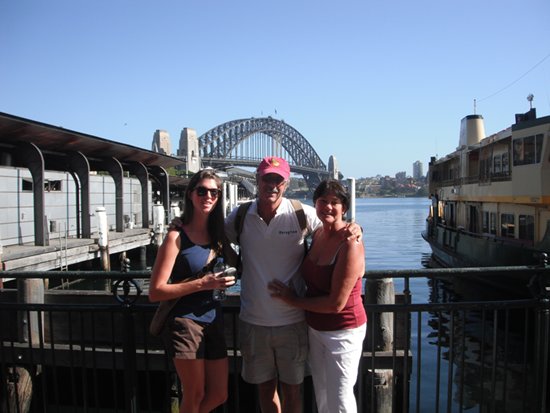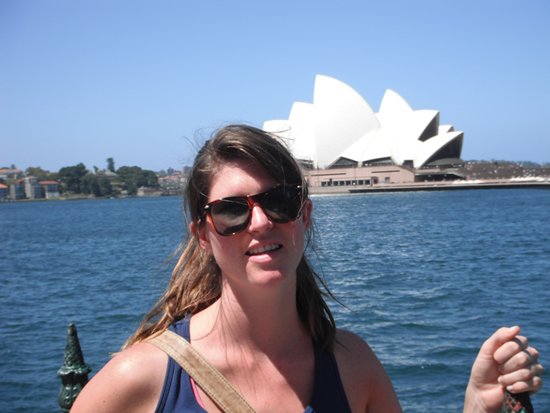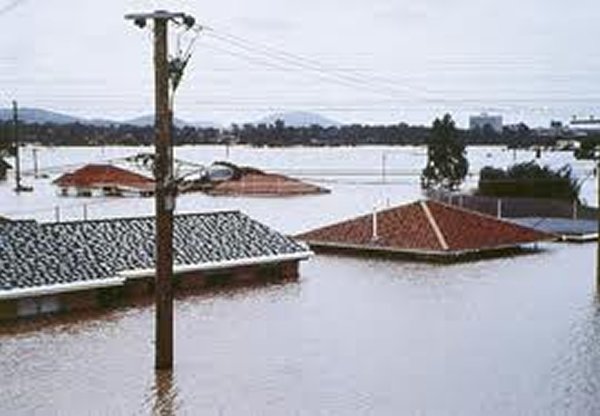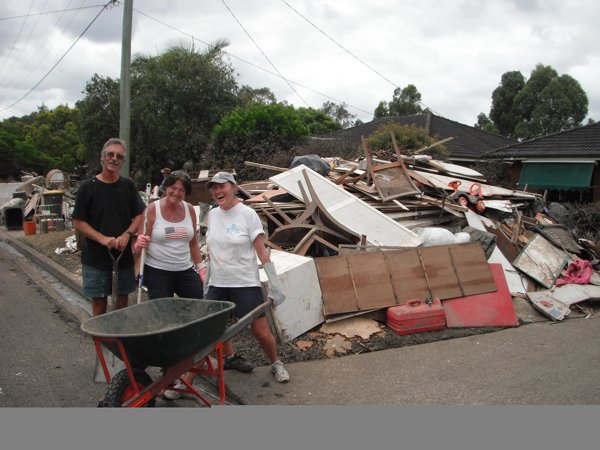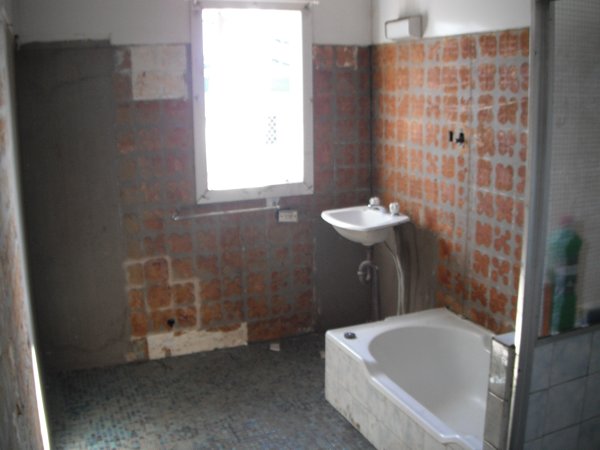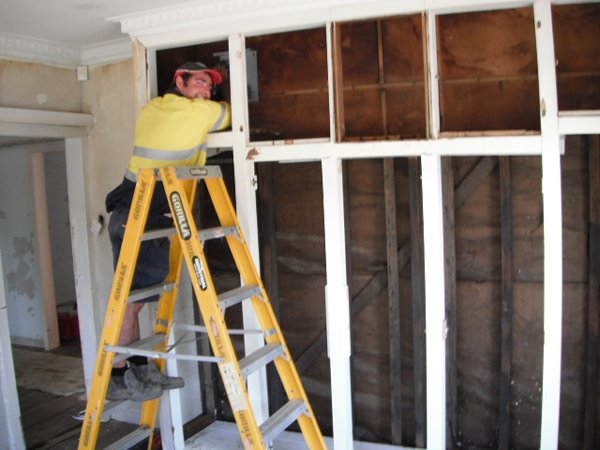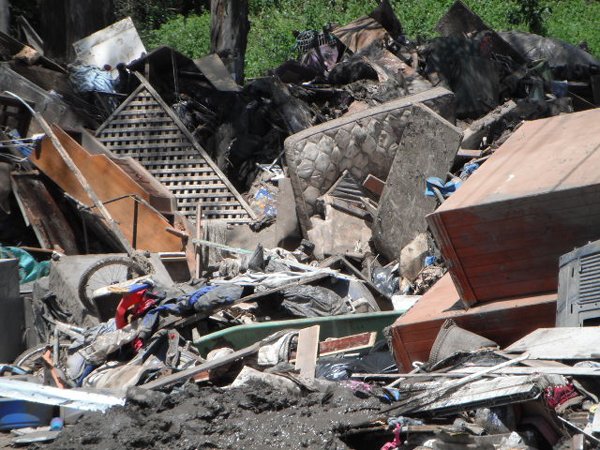Brisbane Floods

Peregrina's Journey
Peter and Margie Benziger
Sat 19 Mar 2011 06:36
Position Report - 27:11.687S 153:06.403E
Flood Disaster in Brisbane Brings out the Best in People
It was a disaster in the making and the ominous warnings were everywhere. Rains had plagued Queensland (AKAâThe Sunshine State) for the past four months. We had barely entered âCycloneâ Season which officially runs between December and April. Yet, the ground was super-saturated already and, forecasters were saying that the worst was yet to comeâ
Flooding was everywhere. Streams and creeks and rivers were swollen beyond their banks; entire communities were cut off from main roads; houses were underwater; crops were inundated and still the rains continued. At first, the northeastern quadrant of Queensland was the focus of concern. No one really believed that the danger would spread as far south as Brisbane but the rains kept coming and flash flooding was becoming a daily event â
Letters to the Editor in the newspapers asked for explanations of the weather pattern known as La Nina and the meteorologists noted that, every three to seven years, the difference in barometric pressure between the eastern and western sides of the Pacific increases. Westerly flowing trade winds intensify off the coast of South America and, combined with ocean currents, draw warm water to the surface and push it up against the landmass of Australia and other nations in the western Pacific. This huge warm pool generates much more convection than normal, resulting in a massive increase in rainfall in the region.
Exacerbating the situation was the fact that the effects of La Ninaâs little brother, El Nino, had caused an unprecedented drought in Australia over the past five years and water HAD been scarce. This created a dilemma for local politicians who needed to maintain a water supply for the city of Brisbane and surrounding areas.
But, in recent months, politicians from the Opposition who were more concerned with La Nina, called for the gradual release of water in the Wivenhoe Dam. Wivenhoe had been built specifically to handle flood mitigation after the Brisbane River overflowed its banks in 1974. However, the Labor Party in power, and mindful of the drought conditions that had existed for several years, wanted to uses the Dam for the DUAL purpose of drinking water storage AND flood mitigation. A conflict of interest one might sayâ
When the La Nina rains came, the dam already had over a million mega-litres of drinking water in storage. It rapidly accumulated another two million mega-liters of flood waters and threatened to overflow its spillway. In the end, and MUCH too late, the massive release from the damâs flood compartment equaled an amount of water equivalent to 600 Olympic-size swimming pools every minute for a period over 12 hours! Critics estimate that 80 percent of the flooding along the Brisbane River was the direct result of the release of water from the Wivenhoe Dam.
Meâthinks heads are gonna rollâ
Finger-pointing aside, let us tell you in real terms what this disaster has meant to the people who were living directly in harmâs wayâ
Once rail service was reinstated, Peter and I took a train to Brisbane where we joined our friends, Allan and Ronnie (Veronica) Hodges in the town of Yeronga, one of the hardest hit communities adjacent to the Brisbane River. Because of its proximity to the downtown business district and despite its location on the floodplain of the Brisbane River, Yeronga is a very popular bedroom community for middle-class Brisbanites. Parts of Yeronga had been devastated in the notorious 1974 flood but, by now, 37 years had passed and memory is shortâ
We were headed to Gary Bonneyâs home on Orient Road. Gary was a childhood friend of Ronnieâs and when she heard that his house - located about three football fields from the Brisbane River - had been inundated, she knew she wanted to help and she knew that we would too!
Driving through Yeronga, we wondered at first if we were in the right place? Rows of attractive homes with handsome landscaped yards greeted us at every turn until we started driving down towards the river and the lower elevations along the floodplain. As we came over the lip of a hill at the top of Orient Road, we were aghast to see both sides of the street below us lined with 8-10 foot high piles of soggy, smelly, muddy debris. Furniture, appliances, rugs, TVâs, stereos, computers, cabinetry, flooring, clothing, childrenâs toysâyou name it! The contents of a lifetime of work, striving, saving, accumulating â all dumped on the sidewalk in one sodden mess! It was heart-breakingâ
But, surprisingly, there was no despair that day. The time for grieving had passed and there was a flurry of activity at every home where the process of clean-up had begun. We entered Garyâs driveway at #37 Orient Road, passing the huge pile of debris and water-damaged personal property in front of his house. We introduced ourselves to Gary, his sister, Pauline, son, Adam and Adamâs girlfriend, Hominy and immediately got to work. No time for tears, there was too much to do!
While an army of good friends had helped Gary get out as many of his possessions as they could on the day before the flood and the one-story brick house was now devoid of any furnishings, the mud was still several inches thick everywhere! For the next two days, we used a power washer to force the mud outside. Then, we pulled down some of the water damaged interior walls, pried up linoleum and tiles only to find MORE mud. So, we brought the power washer back in for another go-around. Ultimately, there will be a final power wash with disinfectant to combat the smell and the possibility of disease but that will have to wait until everything truly dries outâ
Our gumshoe boots got stuck in the mud and so we retrieved wet rugs and carpeting to walk across the muck and then, when they sank into the morass, we spread sugar cane mulch over what was once a beautiful garden and yard. And, we swept and we swept because, no matter what, the mud was everywhere!
We cleaned out the two storage sheds in the back yard, painstakingly washing gardening tools, power tools and tool boxes filled with nuts, bolts and screws in an effort to save as much as possible. We removed broken glass panes and dislodged doors and window frames. We used crowbars to pull out electrical panels. We disconnected the water heater and rolled it to the street where it joined Garyâs ever growing pile of moldy detritus that, with the sunâs heat, was now beginning to turn into one giant, fetid 10 by 50 foot compost heap!
We climbed up the roof to remove debris and power wash the tiles and we removed large sections of fencing that had been dislodged or broken by the force of the water rushing through the neighborhood. And, all the while, legions of Good Samaritans stopped by to offer their assistance.
Children with lemonade and their homemade cookies, older women with beautiful sandwiches and carrot cakes, couples carrying coolers (âEskiesâ, in Aussie-speak) with water bottles, young people with strong backs for lifting and shoveling, neighbors from the âhigh groundâ offering bedrooms to sleep in and bathrooms to clean up in or a âdinner roastâ at 6pm for anyone who might want to stop byâ
It was truly amazing! The random acts of kindness by strangers overwhelmed us. There were people with tears in their eyes as they tiptoed inside the house asking if anyone needed a hand or a bite to eat. A woman, whose house was high and dry admitted how embarrassed she was that she complained every day on her afternoon walk that she had to âclimb that hillâ which literally saved her family from the devastation that befell her neighbors, brought us a fruit basket. A young man was passing out hundreds of baseball caps to keep the sun off our faces and people were giving away suntan lotion and antiseptic, anti-bacterial hand washing cream.
Peter and I will never forget this. In a world where selfishness and greed seems to rule the day, we saw a glimpse of the true human spirit crying out, âHow can I help?â
In the middle of all that rubble, all that destruction, I felt like a âQueenslanderâ alongside my Aussie âBand of Brothers.â Everywhere on the radio, you could hear the words from a song by the musical group, Chumbawamba, âI get knocked down but I get up again. Youâre never gonna keep me down!â
This has rapidly become the rallying cry here in Queensland, Australiaâ
